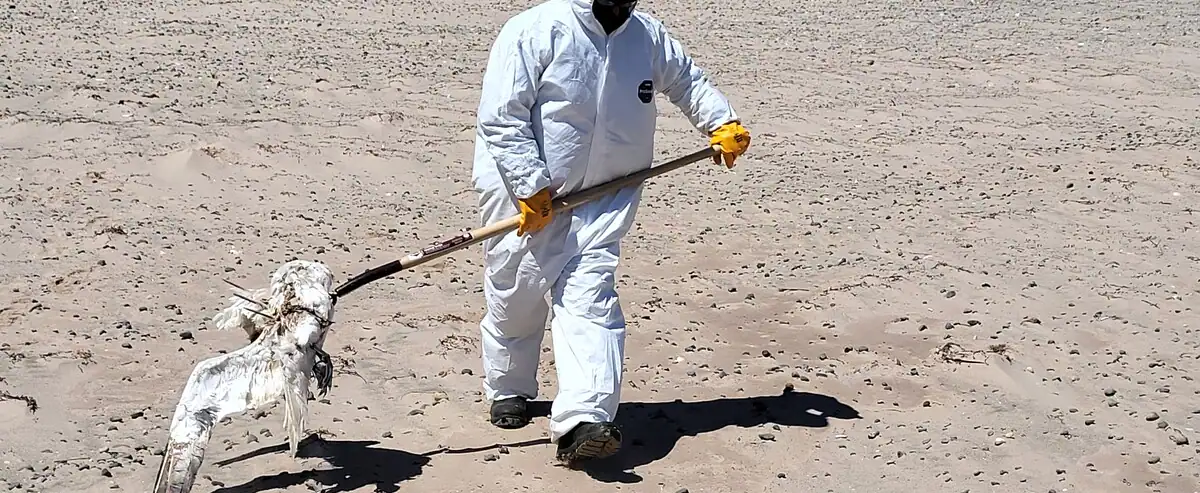The number of new carcasses of birds that have avian flu is increasingly low, which suggests that Quebec would have gone through the worst period of the crisis.
• Read also: $1.2 million to help poultry producers
• Read also: St. Lawrence Estuary: Avian flu now affects seals
• Read also: Avian flu: poultry farmers increasingly worried
Gulls and ducks have finished nesting. Colonies therefore disperse, and like COVID-19, if close contact between diseased species is limited, so are outbreaks.
“In recent weeks, we see that it is decreasing, rejoices the professor at the Faculty of veterinary medicine at the University of Montreal, Stéphane Lair. It’s no wonder because colony birds leave, so there’s less contact.”
However, the situation is different for gannets. The nesting period is longer, so the conditions are conducive to the spread of the virus.
“For 90 days the males and females (take care of) their chicks. They will leave the nest around mid-September,” explained the director general of Parc national de l’Île-Bonaventure-et-du-Rocher-Percé, Rémi Plourde.
For his part, the professor in the Department of Biological Sciences at the University of Quebec in Montreal (UQAM), Jean-François Giroux, invites people to be vigilant.
“Are the birds that survived still carriers? [du virus]? We don’t know and we don’t know how the virus will persist in the population,” he said.
For their part, the seals are doing better and better.
Since the H1N5 virus is less pathogenic towards mammals, deaths are rarer.
However, experts say transmission to humans is rare, but not impossible. It is therefore important not to touch the carcasses.
